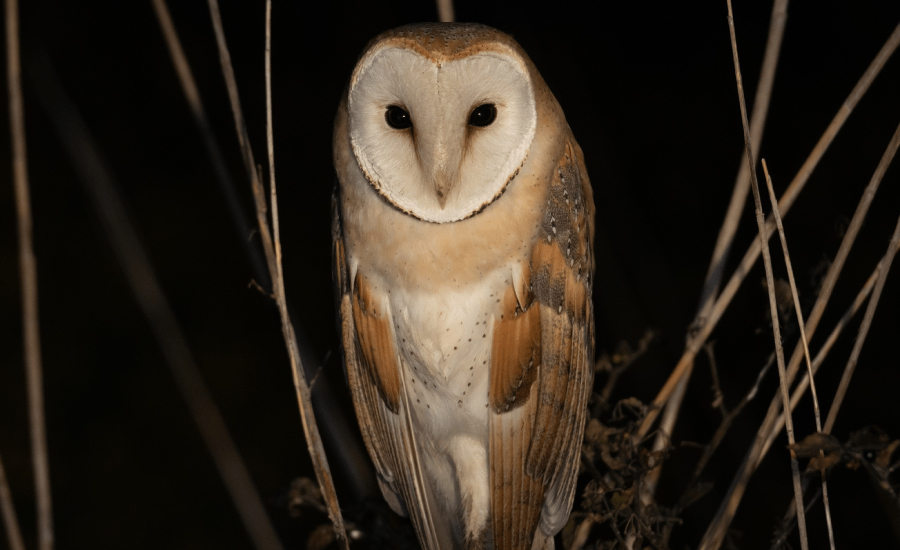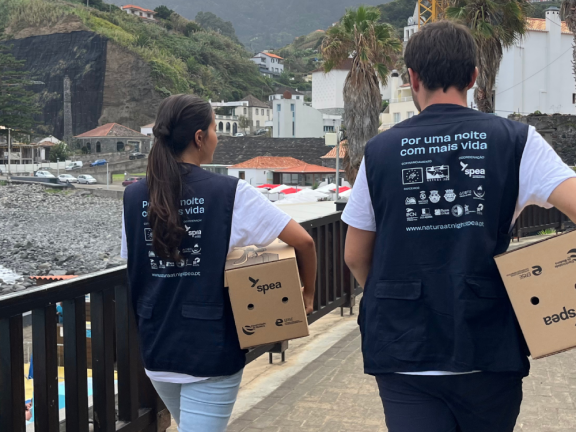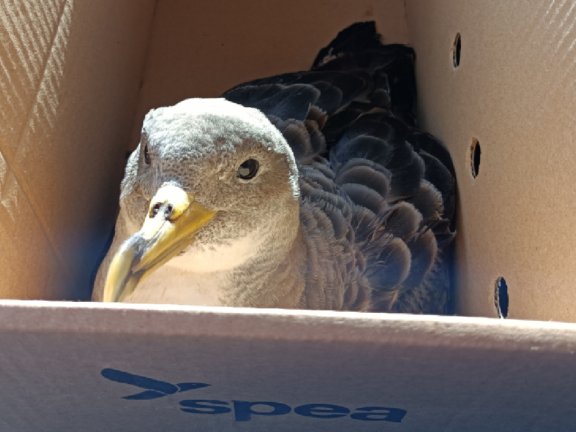Let’s put the nocturnal creatures on the map? A new citizen science project seeks to discover and map the biodiversity of the creatures most susceptible to light pollution in the archipelagos of Madeira, the Azores and the Canary Islands.
Light pollution is a silent threat, especially affecting creatures that depend on the darkness of night. By identifying the places where these animals are found, we can know which are the most important areas to protect and take action. Focusing on animals with nocturnal habits, the target groups of this project are nocturnal butterflies, bats, seabirds and nocturnal birds of prey.
SPEA appeals to all citizens: register in the application iNaturalist/Biodiversity4all all your observations. You do not need to know how to identify the species, just take a picture of the animal you observe and, automatically, if it is located in the islands, its data will be included and associated to the project Natura@night. Other more experienced users will help you with species identification.
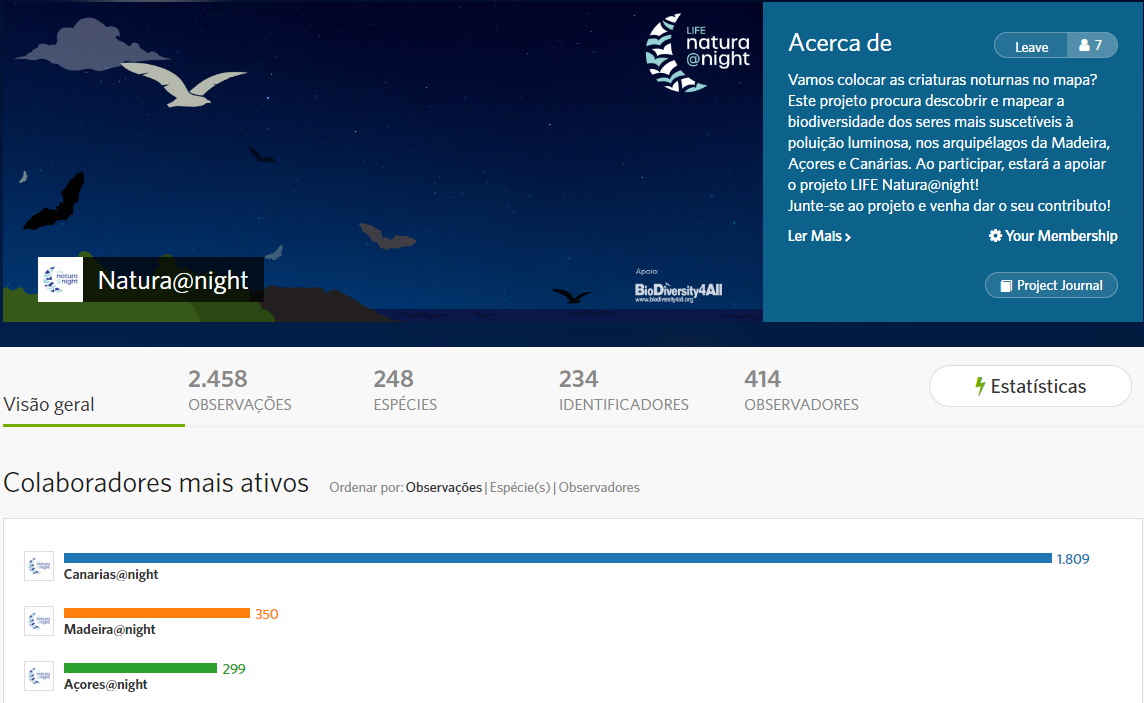
Projeto Natura@night subdivide-se por arquipélago: Madeira@night, Açores@night e Canarias@night
How to carry out the observations?
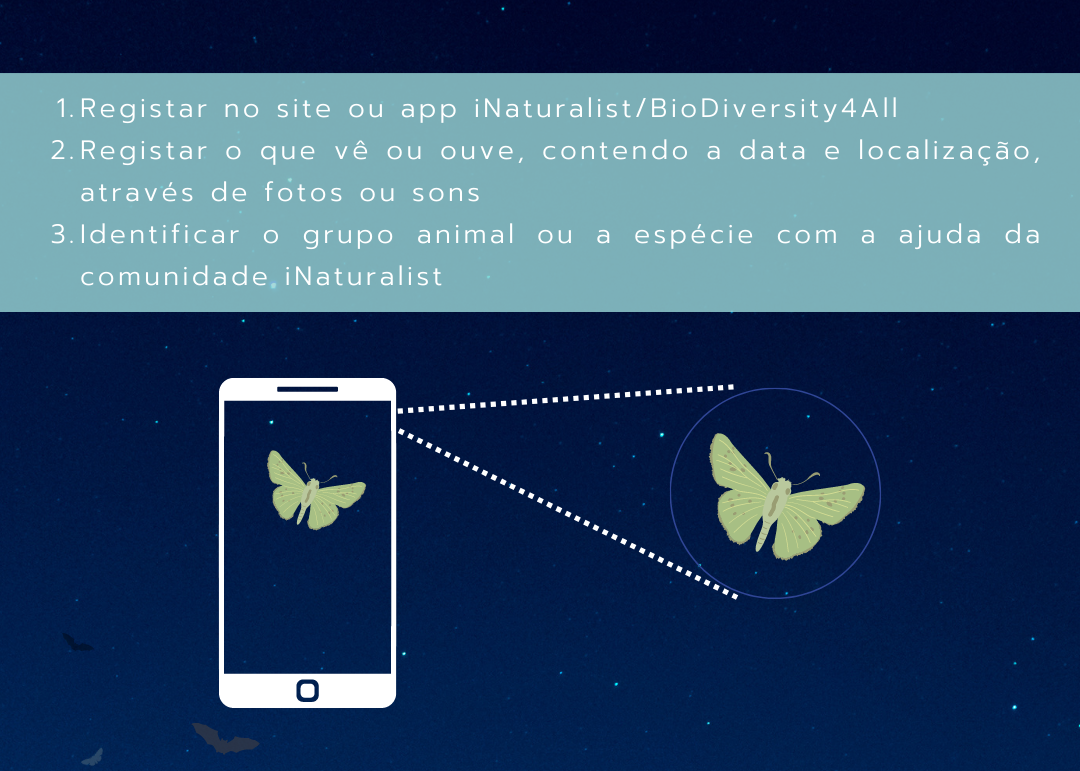
Each sighting records an individual organism at a particular time and place. This includes signs of presence such as tracks, nests or dead living things.
Your observations do not need to include all the information requested, but they are necessary if they are to become quality observations for science.
If you have observed something that is not wild, such as a garden plant or a lion at the zoo, make sure you mark it as captive/cultivated to prevent it from becoming research material.
You do not need to know how to identify the species, just take a picture of the observed animal and automatically if it is located on the islands, its data will be entered and associated to the Natura@night project. Other more experienced users will help with species identification.
Help us map nocturnal biodiversity!


